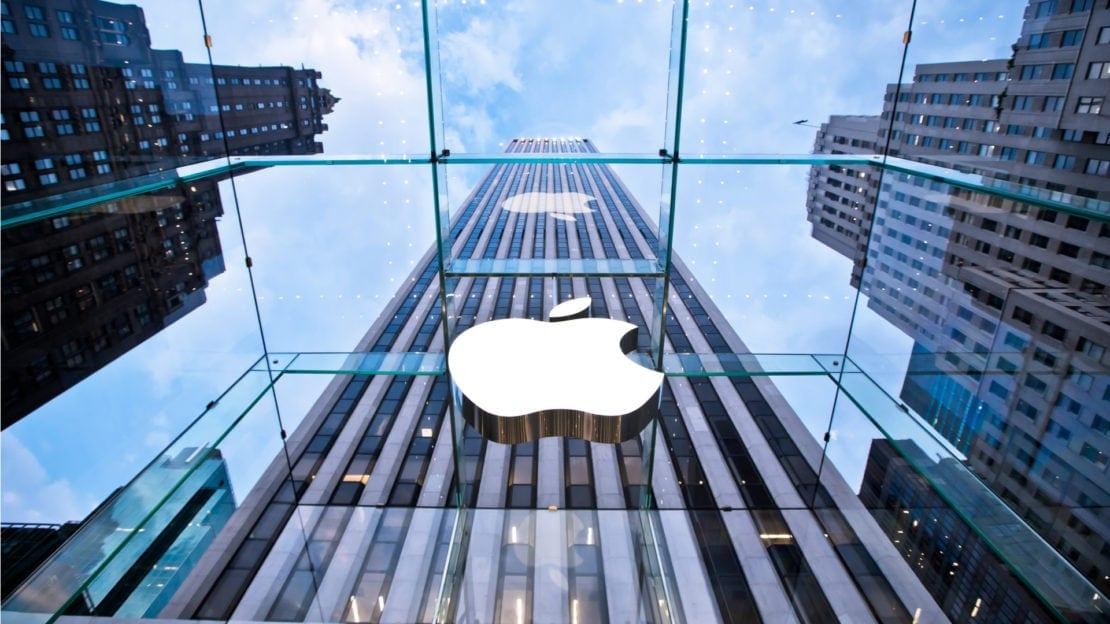21Sep2018
Many companies aim to grow. I believe we all would like to have future-proof growth – something lasting we can build on for decades. Unfortunately, evaluating growth opportunities is becoming increasingly difficult. Identifying opportunities is not a problem – we usually see quite many of them. What may stump us is the ability to seize the best options and avoid poorer choices. Many of us instinctively want to select everything from the business buffet, when we would probably be better off observing the age-old advice that “less is more”.
To identify the best opportunities and create a corresponding growth strategy, we must first define the scope of our activity. What businesses do we want to be in and where in the world do we want to make a contribution? We must first find ways in today’s rapidly-changing environment where the availability of information exceeds demand. Only then can we choose a direction for growth and define a future-proof growth strategy.
Link strategy to solving global challenges
Getting started is actually simpler than you might think. You do it by linking your organization’s strategy to solving global challenges, thus ensuring you build a strong purpose and a lasting demand for your business.
Defining the scope of the arena in which your organization is looking for opportunities starts with understanding the future and the role your organization wants to play in it. In other words, why we exist and what we do gives us a mission. Your mission is the basis of your motivation. Without motivation, there is little capacity to progress, learn and renew the organization. Without continuous learning and renewal long-term performance will be poor, diminishing at the same rate that the world around you changes. The link between feasible strategy and motivation is more than clear. While there is a lot of help available to get a clearer picture of the future, the picture is usually not the issue. What is far more challenging is finding the segment where you want and can play a purposeful role. What matters is your view and your role, not the prevailing situation. Your mission cannot focus exclusively on making money or destroying competitors, though both can be compelling short-term goals. A strong mission is built on solving global challenges and therefore inspires motivation, purpose and ambition.
The importance of motivation and purpose is currently widely recognized and many inspirational speakers have referenced it. But we may still underestimate the importance of mission as the basis for a sustainable strategy. We may find ourselves attempting to convince our employees that our mission lies in Excel sheets and PowerPoint presentations, rather than articulating a clear purpose. Profitability is no doubt important, but in the long run even that consideration should be set aside when prioritizing strategic options. When a company’s future competence is based on its ability to learn and innovate, building motivation, purpose and skills is far more important than direct earnings. Earnings should be seen as a result, not as an objective.
To illustrate, let us compare company strategy to your personal strategy. When you decided what to study; did you choose the most profitable field of study, the one you thought would earn the highest income, or the one you were most interested in? And if you had chosen the most lucrative occupation, did you think the high salary would ensure you succeeded in the position? Alternatively, if you were to consider running for parliament, would you choose the party that offered you the best chance of being elected, or the party whose principles and agenda you really believed in and were ready to fight for? Sure, we can fake it for a while, but such compromises are not likely to deliver the best results in the long run.
If mission and purpose are central to other aspects of our lives, why do we still believe that in corporate life we can reduce our firm’s mission to a mere afterthought to strategy and culture? Making money should only be considered a tactic – purpose built on a strong mission is the only lasting strategy.
Use your ecosystem to amplify your impact
The best foundation for formulating your future strategy is to incorporate your company’s mission into solving a global challenge – for example the UN’s 2030 sustainable development goals. They include promoting health and wellbeing, building sustainable cities and communities, encouraging responsible production and consumption, promoting education or mitigating climate change, for example. Or you can build on something else that is big enough to offer a sense of purpose to many. Just making money for yourself or your owners hardly qualifies.
Connecting to a global challenge helps generate clear internal and external benefits. Solving a global challenge gives the organization a solid framework for the mission and at the same time ensures strong demand for its output. We should always draw the big picture but more importantly, incorporate our activities into it through the role we are capable of playing with the resources we have or can build. Even the smallest company with limited resources and market power can become part of something much bigger and powerful. It just has to choose the right challenge to tackle and the role it wants to play.
Once your company has found its strategic direction and the opportunities you want to develop, it is time for implementation. For smaller organizations in particular, it might seem too bold to say we will solve the global food crisis or roll back climate change. But the limited power of a single company is no reason to avoid tackling global challenges. Even the smallest firm can harness the power of an entire ecosystem to amplify its impact. When it comes to implementing your strategy, the first issue should not be the size of the cash flow you generate but the number of participants you get to join the mission. If you have a strong enough agenda, not only will you attract the best employees, but you’ll also win over the best partners, investors and subcontractors. The power for change comes from the community.
The message is not that we should completely forget cash flow and business models – there is a time and place for these considerations later on. However, without a clear challenge there cannot be a sufficiently robust mission and purpose. And without mission and purpose, there is no committed organization and ecosystem to drive or transform anything. Only with a strong mission and community alongside you can you really bring about change. When you have these elements under your belt, you will have the power to shape markets, change consumer behavior, and inspire followers to join your journey.
That is how you build a future-proof growth strategy. Once you get this right, sooner or later you will also discover the best tactics to become profitable.
Please check how future-proof you are with this quick Future-Proof Test >


